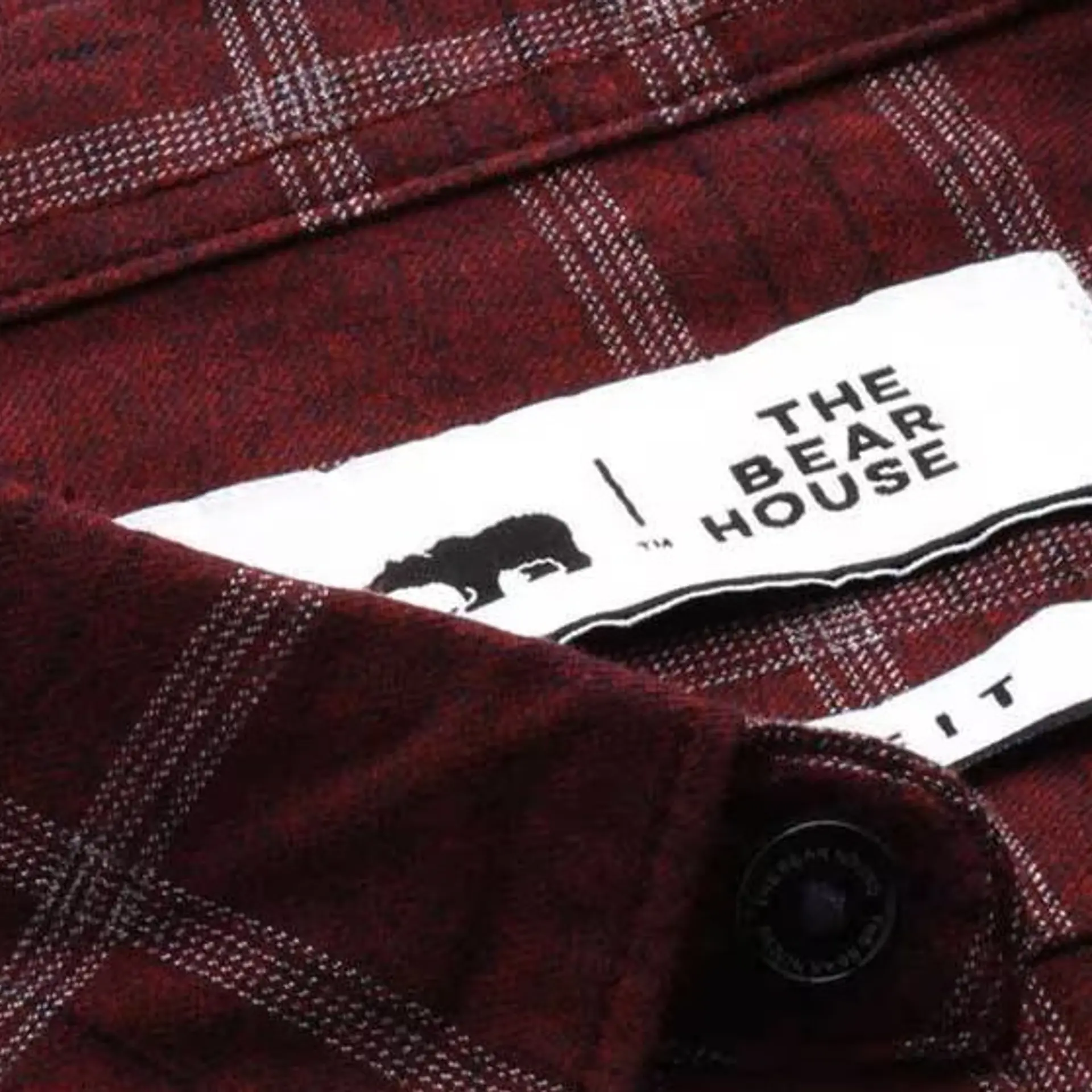From a Viking King to Wireless Tech: The Surprising Origins and Function of Bluetooth
Did you know Bluetooth is named after a Viking king who united Scandinavia—just like it unites your devices? Dive into the fascinating history and science behind this wireless wonder and discover how it keeps your gadgets seamlessly connected! Read on to unravel the magic of Bluetooth.
Bluetooth technology has become an integral part of our daily lives, seamlessly connecting our devices without the hassle of tangled wires. But have you ever pondered the origin of its peculiar name or the mechanics behind its operation? Let's embark on a journey to demystify Bluetooth, blending history with technology.
Why Is It Called Bluetooth?

The term "Bluetooth" pays homage to Harald "Bluetooth" Gormsson, a 10th-century Viking king renowned for uniting Denmark and Norway. His moniker "Bluetooth" is believed to have originated from a dead tooth that appeared dark blue. In the 1990s, when tech developers were seeking a name for a new wireless technology that aimed to unify various devices, they found inspiration in King Harald's legacy of unification. Thus, the name "Bluetooth" was adopted to signify the technology's role in connecting different devices.
How Does Bluetooth Work?
At its core, Bluetooth is a short-range wireless communication technology that allows devices to exchange data over distances typically up to 10 meters, though some versions can reach up to 100 meters. It operates in the 2.4 GHz ISM (Industrial, Scientific, and Medical) frequency band, a range shared with other technologies like Wi-Fi and microwave ovens.
Bluetooth employs a technique called frequency hopping spread spectrum (FHSS). This method involves rapidly switching frequencies within the 2.4 GHz band, hopping between 79 channels at a rate of 1,600 times per second. This rapid hopping minimises interference and allows multiple Bluetooth devices to operate in the same vicinity without disrupting each other.
When two Bluetooth devices, such as a smartphone and wireless headphones, need to communicate, they undergo a process called "pairing." During pairing, the devices exchange security credentials to establish a trusted connection. Once paired, one device acts as the "master," and the other as the "slave," coordinating the communication between them. This master-slave relationship ensures synchronised data transmission, preventing data collisions.
Advancements in Bluetooth Technology
Since its inception, Bluetooth has evolved significantly. The latest version, Bluetooth 6.0, introduces features like Channel Sounding, which provides centimeter-level accuracy in device location tracking. This enhancement is particularly beneficial for applications like Find My networks and digital keys, offering improved security and precision.
Moreover, innovations like Auracast are set to revolutionise how we share audio. Auracast allows multiple users to connect their wireless headphones to a single device simultaneously, making it easier to share music or watch videos together without disturbing others. This feature also holds promise for assistive listening in public venues, providing direct audio streams to hearing aids and headphones.
From its historical naming roots to its sophisticated operational mechanics, Bluetooth exemplifies how technology can bridge gaps—both literally and figuratively. As it continues to evolve, Bluetooth remains a testament to human ingenuity, transforming the way we connect and interact with the world around us.
Edited by Rahul Bansal







